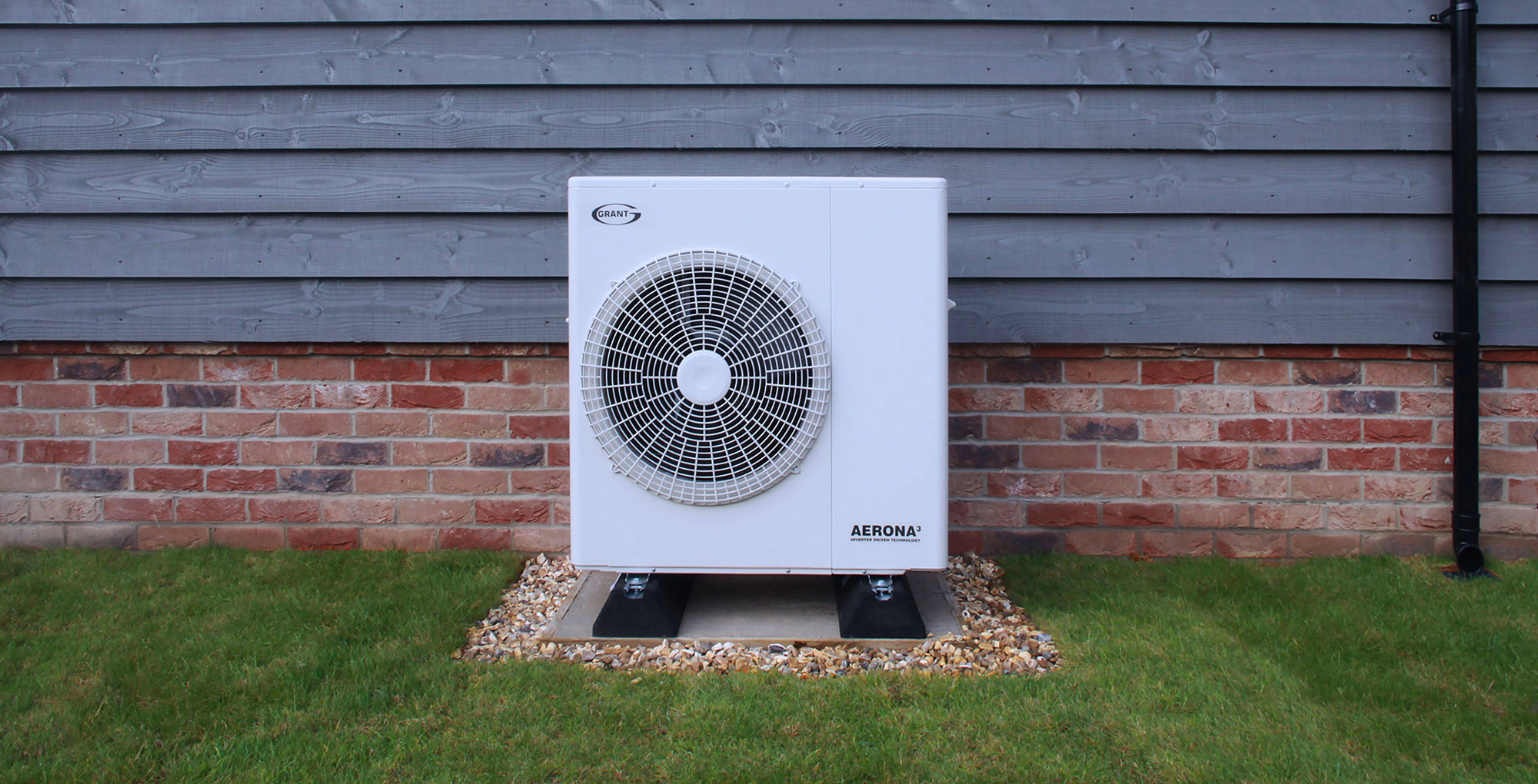In the quest for more efficient and environmentally friendly heating solutions, heat pumps, and specifically Air Source Heat Pumps (ASHPs), have emerged as prominent technologies. These systems are increasingly recognized for their ability to provide effective heating and cooling while minimizing energy consumption and reducing carbon footprints. This article delves into what heat pumps are, how air source heat pumps work, their advantages, and considerations for their installation and use.
What is a Heat Pump?
A Heat Pump is a device that transfers heat from one place to another using a refrigeration cycle. Unlike traditional heating systems that generate heat, heat pumps move heat from the air, ground, or water into a building to provide warmth. Similarly, they can reverse the cycle to offer cooling during warmer months.
Basic Principles:
Heat pumps operate on the principle of thermodynamics, similar to refrigerators and air conditioners. They use a refrigerant to absorb heat from the outside environment and transfer it inside. This process involves four key components:
Evaporator Coil: Absorbs heat from the outside environment into the refrigerant.
Compressor: Increases the pressure of the refrigerant, raising its temperature.
Condenser Coil: Releases the absorbed heat into the building’s heating system.
Expansion Valve: Reduces the refrigerant’s pressure, allowing it to absorb more heat.
Types of Heat Pumps:
Air Source Heat Pumps (ASHPs): These extract heat from the outside air.
Ground Source Heat Pumps (GSHPs): Also known as geothermal heat pumps, these extract heat from the ground.
Water Source Heat Pumps: These use a body of water, such as a lake or river, as the heat source.
Each type has its specific applications, advantages, and considerations.
Air Source Heat Pumps (ASHPs)
Air Source Heat Pumps are a subtype of heat pumps that draw heat from the external air and use it to heat a building. They are one of the most popular and accessible heat pump systems due to their simpler installation compared to ground source heat pumps.
How Air Source Heat Pumps Work:
ASHPs consist of an outdoor unit and an indoor unit. The outdoor unit captures heat from the air and transfers it to the refrigerant. The refrigerant is then compressed, raising its temperature, and the heat is transferred to the indoor unit. The indoor unit distributes the heated air throughout the building.
Types of Air Source Heat Pumps:
Air-to-Air Heat Pumps: These systems transfer heat from the outside air directly to the indoor air.
Air-to-Water Heat Pumps: These systems transfer heat from the outside air to a water-based heating system, which can then be used for underfloor heating or radiators.
Efficiency and Performance:
ASHPs are known for their efficiency, which is often measured by their Coefficient of Performance (COP). The COP is the ratio of heat output to electrical input. A higher COP indicates greater efficiency. Typically, ASHPs have a COP between 2.5 and 4.5, meaning they can produce 2.5 to 4.5 units of heat for every unit of electricity consumed.
Advantages of Air Source Heat Pumps:
Energy Efficiency: ASHPs can provide up to three times more energy than they consume, making them highly efficient.
Low Operating Costs: Due to their efficiency, the operating costs are generally lower than traditional heating systems.
Environmentally Friendly: They reduce reliance on fossil fuels and lower greenhouse gas emissions.
Dual Functionality: Many ASHPs can provide both heating and cooling, offering year-round climate control.
Easy Installation: Compared to ground source systems, ASHPs are easier and less costly to install.

Considerations for Air Source Heat Pumps:
Climate Suitability: ASHPs are effective in moderate climates but may be less efficient in extremely cold temperatures. Modern systems are designed to work in colder climates, but their efficiency may decrease.
Noise Levels: The outdoor units can be noisy, which might be a consideration for some homeowners. Newer models have reduced noise levels, but it’s something to check during installation.
Initial Cost: The upfront cost of ASHPs can be higher than traditional heating systems, though this can be offset by lower running costs and potential government incentives.
Benefits of Heat Pumps and Air Source Heat Pumps
Both general heat pumps and ASHPs offer several benefits:
Energy Efficiency:
Heat pumps are highly efficient because they transfer heat rather than generating it. This efficiency can lead to substantial savings on energy bills.
Reduced Carbon Footprint:
By utilizing renewable sources of heat and reducing reliance on fossil fuels, heat pumps contribute to a reduction in greenhouse gas emissions.
Improved Comfort:
Heat pumps provide consistent and comfortable temperatures. Many systems include advanced controls that allow for precise temperature regulation.
Low Maintenance:
Heat pumps generally require less maintenance compared to traditional heating systems. Regular checks and servicing are sufficient to keep them running efficiently.
Long-Term Investment:
Although the initial cost may be higher, the long-term savings on energy bills and potential increase in property value can make heat pumps a valuable investment.
Installation and Maintenance
Installation:
Proper installation is crucial for the efficient operation of heat pumps. It should be carried out by a qualified technician who can ensure that the system is appropriately sized for your home and installed correctly. The placement of outdoor units should be considered to minimize noise and maximize efficiency.
Maintenance:
Regular maintenance is essential to keep heat pumps running efficiently. This includes:
Cleaning the filters: This should be done periodically to ensure good air flow and efficiency.
Checking the refrigerant levels: Low levels can affect performance.
Inspecting the outdoor unit: Ensure it is free from debris and obstructions.
Conclusion
Heat pumps, particularly air source heat pumps, represent a significant advancement in heating and cooling technology. They offer a highly efficient, environmentally friendly, and cost-effective alternative to traditional systems. With benefits such as reduced energy bills, lower carbon footprints, and enhanced comfort, they are becoming an increasingly popular choice for homeowners.
When considering a heat pump system, evaluating factors such as climate suitability, installation costs, and long-term savings is crucial. By investing in a well-chosen and properly installed heat pump, you can contribute to a more sustainable future while enjoying the comforts of a well-regulated indoor environment.

